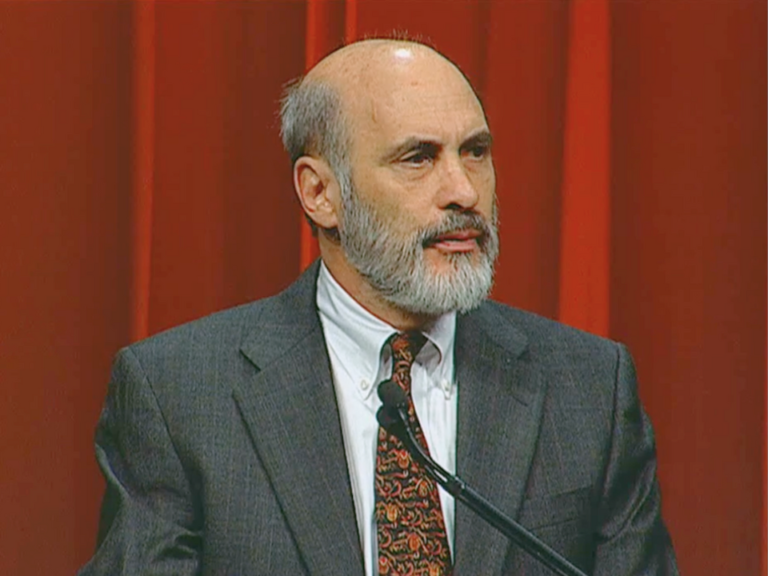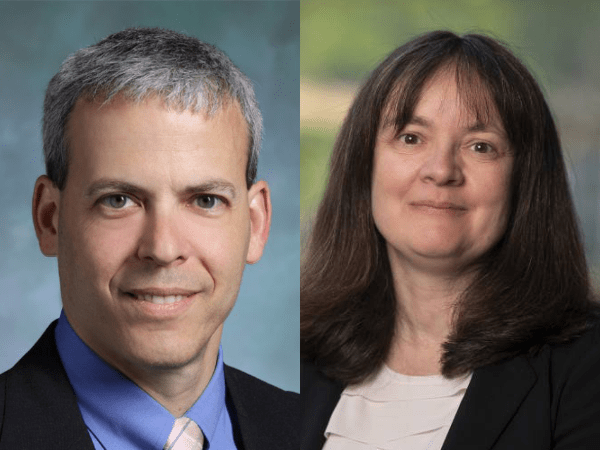

- 50th Anniversary of the Johns Hopkins Kimmel Cancer Center Podcast Series: Cancer Research
By Johns Hopkins Kimmel Cancer Center | Oct. 5, 2023
When Ashani Weeraratna began her career as a trainee at Johns Hopkins in the 1990s, she was part of a team that conducted research in a grocery store-turned-laboratory.
“The probable dynamism, if you will, of the science, was really just amazing,” Weeraratna, E.V. McCollum Chair of Biochemistry and Molecular Biology at the Johns Hopkins School of Public Health, a Bloomberg Distinguished Professor, co-program leader of the Cancer Invasion and Metastasis Program and research director at Sidney Kimmel Comprehensive Cancer Center, Johns Hopkins School of Medicine, said in a conversation with Bill Nelson, director of Sidney Kimmel Comprehensive Cancer Center.




Weeraratna and Nelson spoke in a podcast commemorating the 50th anniversary of Johns Hopkins Sidney Kimmel Comprehensive Center.
Their conversation is available on the Cancer History Project.
The atmosphere at the time—the early 1990s—was one of excitement.
“In this tiny little building…Bert Vogelstein always says he did his best work in the frozen vegetable section, right?” Weeraratna said. “You had Vogelstein in there, you had Stephen B. Baylin in there, you had Paula Pitha-Rowe. You had all these amazing names that everybody recognizes.
“Even as a student who was completely naive, and didn’t really know much about the cancer research world, you felt that you were part of something special.”
Weeraratna was there when Wafik El-Deiry discovered the p21 gene.
“I got to listen to Wafik El-Deiry about how he was going to name that gene,” she said. “To be surrounded by the intellect there, but also people who were just so down to earth and so practical was an amazing experience for me as a student.”
At the time, determining which gene was associated with a certain type of cancer was a mammoth task, Nelson said.
“It took forever, if you will, to find each individual gene that was affected at some frequency in any individual cancer,” Nelson said. “Each individual gene, when that was discovered, those were worth several papers, lots of excitement. They were titanic discoveries.
“Now, of course, we have technologies that can sequence all the DNA, all the genes in any cancer patient at any time in any biospecimen.”
This column features the latest posts to the Cancer History Project by our growing list of contributors.
The Cancer History Project is a free, web-based, collaborative resource intended to mark the 50th anniversary of the National Cancer Act and designed to continue in perpetuity. The objective is to assemble a robust collection of historical documents and make them freely available.
Access to the Cancer History Project is open to the public at CancerHistoryProject.com. You can also follow us on Twitter at @CancerHistProj, or follow our podcast.
Is your institution a contributor to the Cancer History Project? Eligible institutions include cancer centers, advocacy groups, professional societies, pharmaceutical companies, and key organizations in oncology.
To apply to become a contributor, please contact admin@cancerhistoryproject.com.









